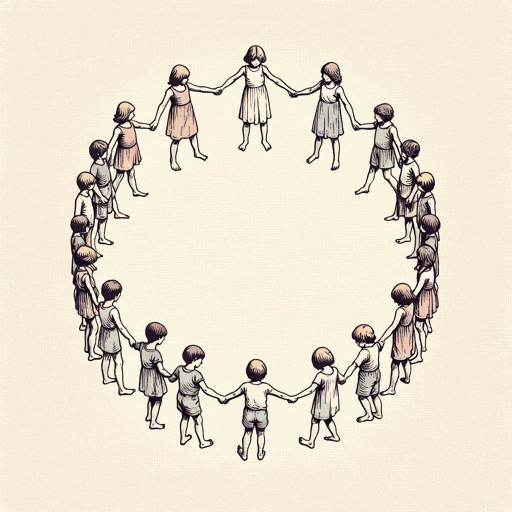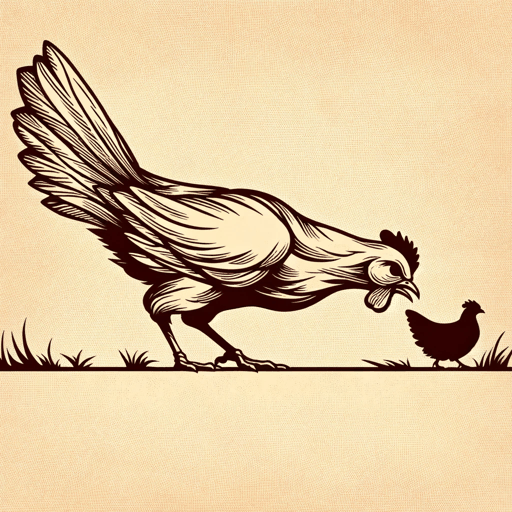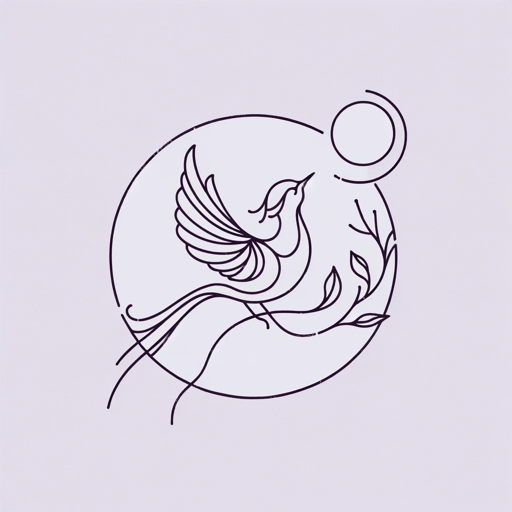35 pages • 1 hour read
Margaret AtwoodSiren Song
Fiction | Poem | Adult | Published in 1974A modern alternative to SparkNotes and CliffsNotes, SuperSummary offers high-quality Study Guides with detailed chapter summaries and analysis of major themes, characters, and more. For select classroom titles, we also provide Teaching Guides with discussion and quiz questions to prompt student engagement.
Summary and Study Guide
Overview
The poem “Siren Song” appears in Canadian writer Margaret Atwood’s poetry collection You Are Happy, published in 1974 by Oxford University Press. The poem is part of the section entitled, “Songs of the Transformed,” which includes the poems “Pig’s Song” and “Song of the Worms.” Written at a time of political and social upheaval, “Siren Song” considers the constraints of gender politics, the use and misuse of language, and the notion of power through clear free verse organized in nine tercets (three-lined stanzas). Written relatively early in Atwood’s prolific career, the poem appears in the poet’s ninth collection of poetry and after her first two novels, The Edible Woman (1969) and Surfacing (1972). “Siren Song,” written in first-person with the Siren as speaker, employs humor and irony to reconsider the myth of the siren—a half-bird, half-woman figure within Greek mythology—whose mysterious lyrics and melodies lured seafaring men to their deaths. The poem considers, too, what is irresistible, and what may simply become habit within the confines of strict societal norms.
Poet Biography
Margaret Atwood was born November 18, 1939, in Ottawa, Ontario, Canada. She earned a BA from University of Toronto and an MA from Radcliffe College, and studied for a PhD at Harvard University. Middle child to entomologist Carl Edmund Atwood and former nutritionist Margaret Dorothy (née Killam), Margaret did not regularly attend school until after the age of 12, as the family moved between rural northern Quebec, Ottawa, Sault Ste. Marie, and Toronto for her father’s work. As a child, Atwood was an avid reader whose influences include Grimms’s Fairy Tales, comic books, and Canadian animal stories. She wrote her first poems and plays at age six, and assumed professionally writing at age 16.
Atwood’s childhood experiences around woods and in other natural landscapes shaped both her writing and her activism. Although Atwood has often cautioned against reading her work through an autobiographical lens, shades of her personal history—such as her time as a Brownie in Girl Guides of Canada and her jobs at summer camp—frequently surface in her considerable body of work.
A marriage to American writer Jim Polk in 1968 ended in divorce in 1973. Novelist Graeme Gibson and Atwood were partners from 1973 until Gibson’s death in 2019. Their daughter, Eleanor Jess Atwood Gibson, was born in 1976.
Atwood’s career is dizzyingly impressive. The author holds over two dozen honorary degrees from international universities, and has won many awards, including the Booker Prize and The Governor General’s Award twice, as well as a Guggenheim Fellowship, the Arthur C. Clarke Award, and numerous commendations. Her first book of poetry, Double Persephone (1961), a pamphlet handset by Atwood, won the E.J. Pratt Medal. Atwood’s bibliography spans 18 novels, ten collections of short stories, 21 volumes of poetry (including collections of selected works), 11 works of nonfiction, over half a dozen children’s books, two graphic novels, and various e-books, libretti, scripts, and audio recordings. She was the first author to submit work to the Future Library Project, and is credited for the conception of what became known as the LongPen, a remote writing application that set the stage for electronic signature technologies.
Atwood is well known for her theories of Canadian identity, as well as her avid environmental and social activism.
Poem Text
Atwood, Margaret. “Siren Song.” 1974. The Poetry Foundation.
Summary
“Siren Song” begins by defining its subject, the siren song. It is a melody “everyone / would like to learn” (Lines 1-2) despite the assertion that “anyone who has heard it / is dead, and the others can’t remember” (Lines 8-9). The first three stanzas of nine—each a tercet, or a stanza consisting of three lines—establish the scene: The reader is in the presence of the mysterious song and aware of its lethality. After this introduction, the speaker, a siren, makes a proposition directly to her audience. Get her out of her “bird suit” (Line 12), the speaker suggests, and she’ll tell the reader “the secret” (Line 10). The speaker complains about her situation. She is ornamental “picturesque and mythical” (Line 15). She doesn’t like or trust her sisters. She doesn’t even like to sing (Lines 16-17). The siren asks her audience to come closer, to help her as only they can because they “are unique” (Line 24). In the last stanza, the siren takes yet another victim, and is bored with the ease with which she did it (Lines 25-27).
Related Titles
By Margaret Atwood

Alias Grace
Margaret Atwood

Backdrop Addresses Cowboy
Margaret Atwood

Cat's Eye
Margaret Atwood

Death By Landscape
Margaret Atwood

Hag-Seed: William Shakespeare's The Tempest Retold
Margaret Atwood

Happy Endings
Margaret Atwood

Helen of Troy Does Countertop Dancing
Margaret Atwood

Lady Oracle
Margaret Atwood

Life Before Man
Margaret Atwood

MaddAddam
Margaret Atwood

Oryx and Crake
Margaret Atwood

Rape Fantasies
Margaret Atwood

Stone Mattress
Margaret Atwood

Surfacing
Margaret Atwood

The Blind Assassin
Margaret Atwood

The Circle Game
Margaret Atwood

The Edible Woman
Margaret Atwood

The Handmaid's Tale
Margaret Atwood

The Heart Goes Last
Margaret Atwood

The Landlady
Margaret Atwood

